|
(The Science Experiment) by Beth Skwarecki When my hair gets frizzy, a good silicone serum is like magic. You just rub a drop on your hands, pat your hair all over, and your hair looks like a million bucks. But then you have to wash your hands afterward, which sometimes feels impossible. Silicone just does not wash out like other hair products.
So the anti-frizz serum sits on a shelf in my bathroom, mostly unused. A few days ago, my four-year-old found it. “What’s that in your hair?” I asked. The front of his head was all wet, shiny curls. “I washed it!” he said. With what? “Hair soap!” Our hand soap is in a green container with a pump top. The anti-frizz serum is also in a green container with a pump top. Four year olds have a vague idea that hand soap is not for hair, but they also cannot read words like “serum” or “shampoo.” I asked my Facebook friends what gets silicone out of hair. Surely someone would know. Apple cider vinegar was the first answer, and the second, and made several more appearances as the day went on. I had my doubts, since silicone is not water soluble. Clarifying shampoo was another popular recommendation, but is there really a difference between clarifying shampoo and regular shampoo? Crowdsourcing would not solve my problem. I needed to use science Click here for the experiment >>
0 Comments
5/6/2017 0 Comments Swimming Hair Care TipsIt's that time again...
Avoiding Pool Hair Summer is approaching and many of us will be hitting the pool! To avoid the damage chlorine can wreak on the hair, simply wet your hair with tap water (with a one tablespoon per pint of leave-in conditioner) before you jump in. This will prevent the hair from soaking up pool water and reduce the damage! Summer’s here and so are swimming pools and Chlorine Summer is here and many stylists are getting this lovely shade of swimmers green sitting in your chair. Remember your childhood as a white blonde who’s hair turned green each year. Leaning over the kitchen sink pouring tomato juice over your head, catching it in a basin and pouring it over again, and again. The tomato acids worked to remove the copper minerals (blue/green) but was very drying on fragile blonde long hair. YES, Catsup works, too Always remove the minerals causing the green (use Malibu C), rather than trying to cover them up (darken or tone) with haircolor or worse bleaching the minerals out of the hair. Aspirin and Water Can Get Rid of Chlorine Green Taking aspirin with water won’t help, but rinsing your hair with aspirin dissolved in water will, according to Manhattan dermatologist Amy Wechsler. It’s actually the copper in chemically treated pools, not chlorine, that makes blonde swimmers’ hair go green. The acids in aspirin and water, as well as in tomato and lemon juice, can neutralize copper, helping get the green out. To prevent further greening, before swimming rinse hair in cold water to tighten the cuticle, then put on conditioner and a swim cap. After swimming, wash hair with swimmer’s shampoo, which binds to the copper on the hair to remove it. From the archives of "The Beauty Blog" 7 Excellent Ways to Protect Your Hair when in the Pool Have a great summer! We know the basic salon etiquette—be on time, leave a 20 percent tip, don’t take phone calls, etc.—but what do stylists really wish we did during our visit? We asked a handful from different salons to share their biggest pet peeves so we can all be the best client—with the best hair.
By Chelsea Traber Burns 1 Come Clean “I can’t tell you how many clients come in with hair that hasn’t been washed in a week because they’ve been waiting on me to do it,” says Katelyn Bode, a colorist at Diva Salon in Oklahoma City. “If you don't come in with perfectly fresh, clean hair, it’s okay, but having a ton of product build-up on your strands can cause your color to go on unevenly.” Raisa Cabrera, a master colorist at Mizu salon in New York City, points out that you shouldn’t scrub your scalp before a color service because “it can make your skin more sensitive to the dye.” A good rule of thumb: “If you’re grossed out by how dirty your hair is, chances are, I am too,” says Bode. Gently shampoo the night before your appointment to make nice with your stylist and get the most out of your color. 2 Be Patient “When undergoing a major color change, have realistic expectations of what can be achieved in a single appointment,” says Sheenon Olson, a celebrity hairstylist and creative director of ATMA salon in Miami. “Don’t expect to go from black to platinum blonde in one day,” he says. “Do it gradually to maintain the integrity of your hair—I always recommend asking the stylist what is realistic to achieve in one day,” he says. If you realize the process is going to take longer than the time you allotted, reschedule your appointment when you have the time. 3 Be Honest “It’s critical that you tell us what your hair’s history is, whether it was a gloss, toner, Brazilian blow out, box color, etc., it can make a difference on how we go about treating it,” says Miguel Angarita, a master colorist at Mizu salon in New York City. He also recommends chatting with your stylist about budget and upkeep to ensure you’re not getting yourself in too deep. Certain colors and cuts require more trips to the salon so if your goal is to be low-maintenance, ask your stylist for something that will still look great as it grows out. 4 Keep an Open Mind “It’s always good to come to your appointment with an idea, but be open to expert advice as well,” says Carlina Ortega, senior colorist at Rita Hazan Salon in New York City. “What you have in mind may not be the best choice for your skin tone, face shape, eye color, or other features, so be flexible and talk with your stylist to ensure you get the best cut or color specifically for you.” 5 Bring Visuals “Pictures are the easiest way to communicate to your stylist what you like and don’t like,” says Cristina B, a stylist at Rita Hazan Salon in New York City. She recommends bringing in several examples from different angles and in different lighting to get your point across. Be sure to get very specific on details as well—getting a trim and getting rid of dead ends can be two very different lengths. 6 Choose Your Appointment Time Wisely “Be wary of that last appointment on a Saturday,” warns Francesca D’Ascanio, master colorist at Mizu salon in New York City. “If you are a new client, want a major change, or need a lot of work done to your hair, consider booking appointments earlier in the day or in the middle of the week,” she says. “They’re easier to get and your stylist will have more time and energy to devote to you.” Not sure what you need or how long it will take? Call your stylist ahead of time or go in for a consultation beforehand so you can explain what you’re thinking and they can be sure to block out the right amount of time. 7 Take Better Care of Your Color “Using good quality color-safe products really does matter,” says Bode. “I feel like clients sometimes think I’m just trying to make more money by having them buy the products I sell, but they’re going to make your color last longer and, in turn, allow you to go longer between appointments,” she says. Products that aren’t specially formulated for color-treated hair, can strip the color out of your strands, leaving it dull and dingy way sooner than you hoped. “You’re a walking billboard for my work so I want it looking the best it can,” adds Bode. This article first appeared on RealSimple.com 5/3/2017 The Best Dry Shampoo Reviews of 2017by Reviews.com The best dry shampoo is like the wand of your fairy godmother, granting precious moments of your life back in a spritz of magic dust. On those hectic mornings where there’s no time for coffee — let alone a full-on wash-and-blow-dry routine — dry shampoo gets you out the door looking fresh. We set out to find the best and after 45 hours of research and 17 product tests, Klorane Dry Shampoo With Oat Milk stood out as our favorite.
In our search, we read dozens of articles, scoured top lists and recommended brands, and consulted with experienced stylists and other industry experts. We sorted the aerosol sprays from the powders, and tried the expensive ones as well as the DIY alternatives we made in our own kitchen. The best ones soaked up oil, added volume, and left our hair smelling fresh. The worst were messy to apply and left our hair a chalky white. Based on our research, we designed a method for reviewing dry shampoo, focusing on the most popular, competitively priced options. With our methodology in place, we narrowed a list of more than 50 dry shampoos down to the top five. Our Top Picks
Click here to find out How We Found the Best Dry Shampoo That moisturizer your friends swear by left your face red and scaly. The cleaner you've been using for years to make your bathroom sparkle made your hands itch and burn.
For some people, the chemicals in shampoos, cosmetics, and detergents can trigger allergic skin reactions. Causes These reactions -- what your doctor calls allergic contact dermatitis -- happen when your immune system overreacts to chemicals that are normally harmless. They can be in products you're exposed to over and over, like cleaners, colognes, hair dyes, and personal care items. Even if you've used them before, you can still have a reaction. Cosmetics and personal care products have a lot of potential allergens, things you could be allergic to:
Symptoms Your skin is one of the first places where the warning signs can show up. They often appear 24 to 48 hours later, but can start as late as a week after you come in contact with the irritating chemical. Each person may have different chemical allergy symptoms. Some of the most common are:
The symptoms tend to be worst where you touched the thing you're allergic to. If you get the allergen on your finger and then touch another part of your body, like your face or neck, you can set off an allergic reaction there. Other conditions can cause similar symptoms, so see your doctor to find out what the problem is. Diagnosis Often your doctor may be able to diagnose your allergy by doing a physical exam and asking you about your symptoms. Sometimes, he may suggest you see an allergist for a skin test, also called a patch test. The allergist places small samples of chemicals on your back and checks to see if you get a rash. Keep track of your symptoms. It will help your doctor make a diagnosis. Note details such as:
Treatment You'll want to identify and avoid the chemical that seems to cause your allergic reaction. This article first appeared on WebMD |
Hair by BrianMy name is Brian and I help people confidently take on the world. CategoriesAll Advice Announcement Awards Balayage Barbering Beach Waves Beauty News Book Now Brazilian Treatment Clients Cool Facts COVID 19 Health COVID 19 Update Curlies EGift Card Films Follically Challenged Gossip Grooming Hair Care Haircolor Haircut Hair Facts Hair History Hair Loss Hair Styling Hair Tips Hair Tools Health Health And Safety Healthy Hair Highlights Holidays Humor Mens Hair Men's Long Hair Newsletter Ombre Policies Procedures Press Release Previous Blog Privacy Policy Product Knowledge Product Reviews Promotions Read Your Labels Recommendations Reviews Scalp Health Science Services Smoothing Treatments Social Media Summer Hair Tips Textured Hair Thinning Hair Travel Tips Trending Wellness Womens Hair Archives
June 2025
|
|
Hey...
Your Mom Called! Book today! |
Sunday: 11am-5pm
Monday: 11am-6pm Tuesday: 10am - 6pm Wednesday: 10am - 6pm Thursday: By Appointment Friday: By Appointment Saturday: By Appointment |
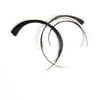
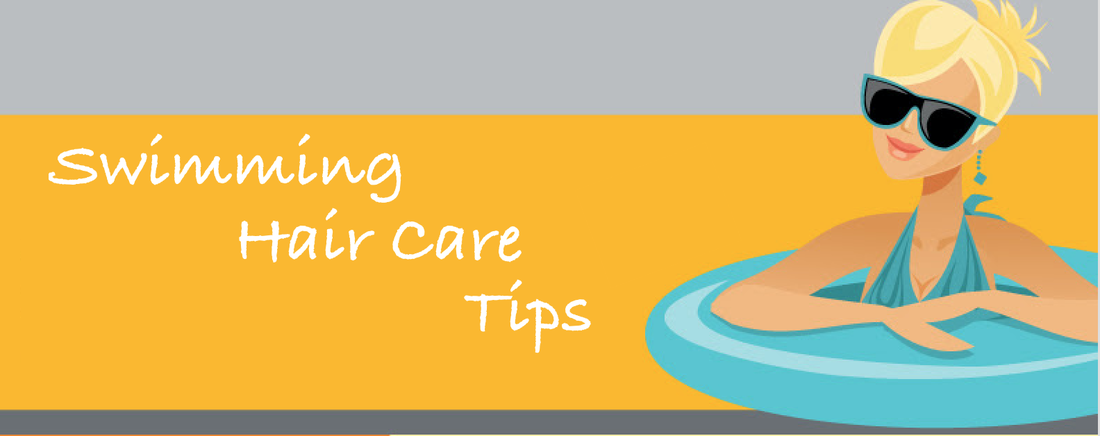
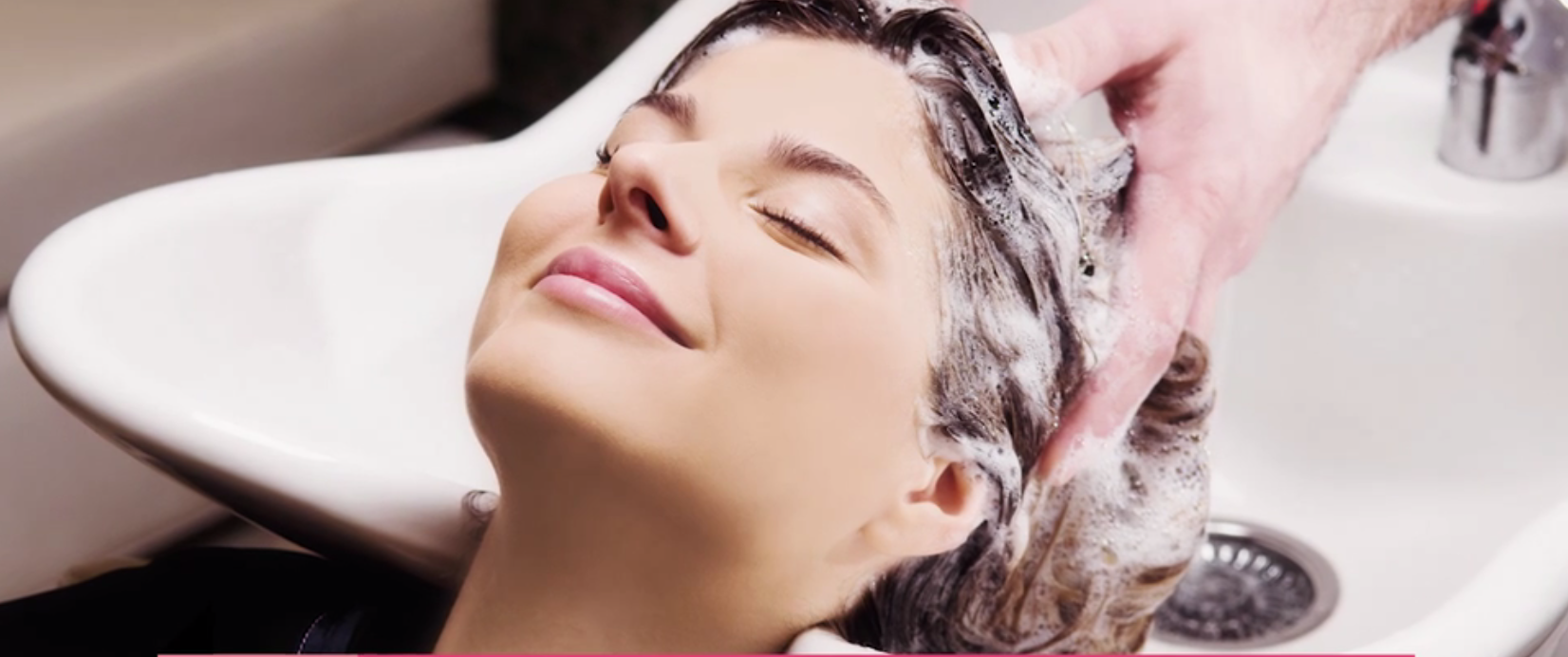
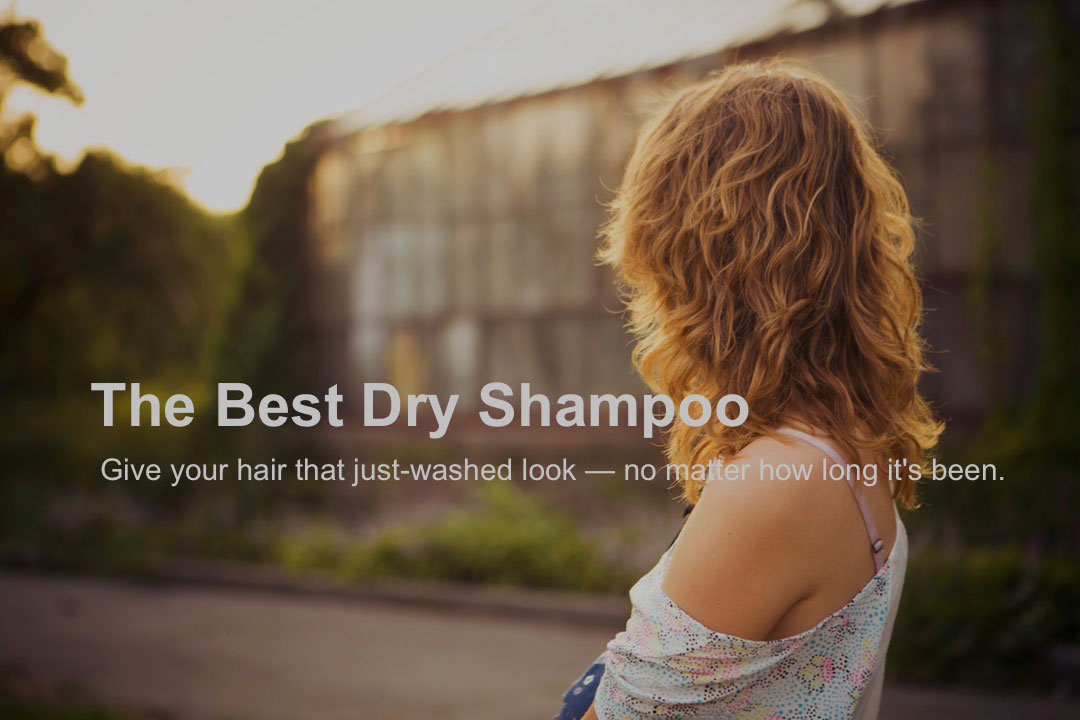
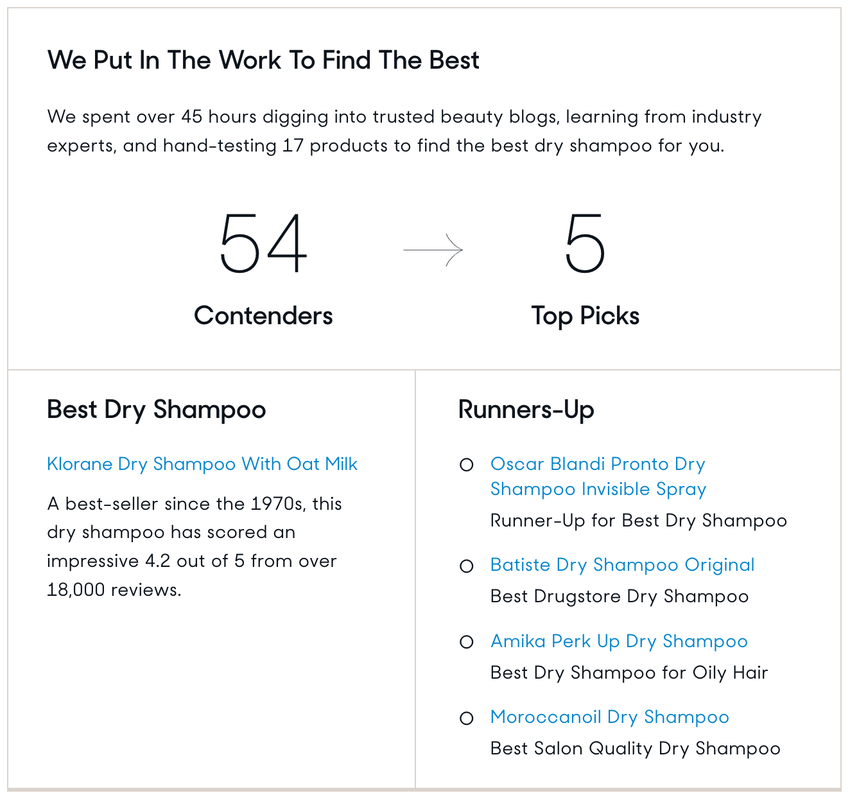
 RSS Feed
RSS Feed